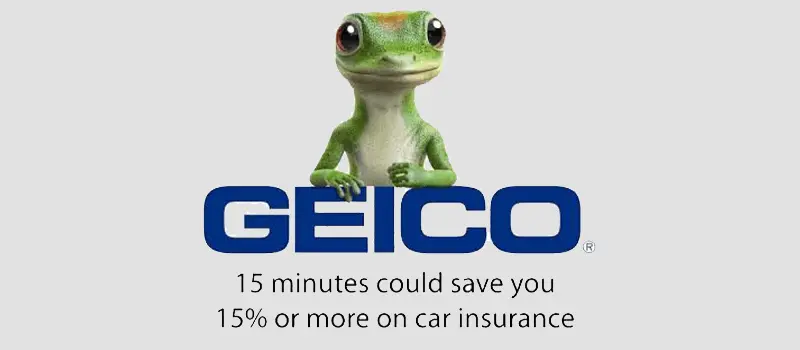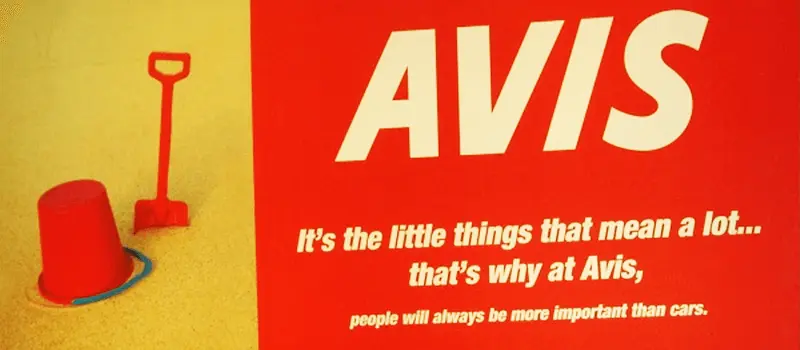You’d think that all brand builders would be on the same page about how to write a brand promise and why you’d have one in the first place.
But they’re not.
When we apply some logic to the question of what a brand promise is, it’s pretty simple.
The brand promise is “the promise a brand makes to its audience about what they can expect”… right?
Right!… but even in this definition, there’s room for perspective.
First of all, there’s ”how” that promise is delivered.
Secondly, there’s “what” the promise represents.
You see different brands make promises in different ways and about different things.
Some state no promise at all and yet are still accountable to one.
In this article, we’ll clear up the confusion and outline processes to develop an effective brand promise statement.
Types Of Brand Promises

Brands make promises in a variety of ways. Some have direct intent behind them while others are a by-product the brand’s communication.
Let’s have a look at the 3 core ways brands make promises.
The Tagline Promise

Some brands use their tagline to double down on a specific promise.
Promises such as these are born from the differentiation strategy and often focus specifically on delivering some kind of result or outcome.
Two great examples of this kind of promise are
FedEx: “When it absolutely positively has to be there overnight.
Geico: “15 minutes or less can save you 15% or more on car insurance”
These taglines tend to be on the long side but what they lack in brevity, they make up for in impact.
Taglines that make a direct promise help brands to solidify the position of the outcome promised in the mind of their audience.
Although there is more to the brand experience than just this outcome (which the audience will build their own expectations around), this direct promise narrows those expectations to focus on the promise outcome.
The Brand Promise Statement

Brand promise statements are used by brands to articulate the overall promise of the brand experience without using the tagline.
Because the tagline has a very specific job of helping the audience remember what the brand does differently, many brands choose brevity, catchiness and memorability over making a direct promise.
The brand promise statement allows the brand to set expectations and reinforce the position it intends to own.
The statement takes a broader approach and is influenced by all aspects of the brand from its purpose, to its mission to its position.
In other words, whatever the brand says it is (both internally and externally), influences the brand promise statement.
The Indirect Brand Promise

Most brands never articulate a promise.
They will have a communication strategy built around its positioning strategy, which communicates what the brand wants the audience understand.
With this communication at every touch point throughout the brand, it shapes the audiences’ perceptions, beliefs, ideas and expectations of the brand.
Of course, at the centre of all of this communication will be the position of the brand and the difference it offers influencing expectations around that difference.
From these expectations assumed promises are born in the mind of the audience.
This is how most brand promises are made.
PRO Brand Strategy BluePrint
Build Brands Like A Pro Brand Strategist

Communication Builds Your Brand Promise

Whether you use the taglines promise, the brand promise statement or the indirect promise, your broader communication will shape the expectations of your audience.
The more specific you are with a direct promise, the more you can shape your audiences expectations around that promise.
Regardless of which direction you go, this is a clear indication that your brand lives in the mind of your audience.
As a brand builder, you can shape how your brand is perceived but ultimately, the experiences your audience has with your brand will be the architect of that that perception.
Explore Brand Strategy
Programs & Tools
What Is A Brand Promise Statement?

The brand promise statement defines what the audience can expect from the broader brand experience.
It articulates the experience the brand is committed to delivering and is shaped by every element of the brand strategy.
Because of this, it is one of the last pieces of the brand strategy puzzle to be developed.
The brand promise statement is used as a guide for broader communication, which ensures all communication from the brand is aligned with the promise.
This ensures that the audiences’ expectations are being intentionally and strategically shaped way at every touch point.
How To Write A Brand Promise Statement

If you decide you want to articulate your brand promise, a brand promise statement is the best way to do that.
So you’ll need to know how to write a brand promise statement.
A brand promise statement doesn’t follow a rigid template for you to plug in specific elements because every brand is different and different brand promises will place more emphasis on one brand element over another.
Although you may or may not include references to all of your brand elements, every element should be considered when writing your brand promise statement.
Step 1:
Assemble Your Brand Strategy Elements

Your promise is one of the final pieces of the brand strategy puzzle to be developed, meaning you’ll have already developed the elements that shape your promise.
Elements should include
Brand Purpose
Brand Vision
Brand Mission
Brand Values
Audience
Positioning Statement
Differentiator
Step 2:
List Brand Elements In Order Of
Importance / Emphasis

Your positioning strategy should be the focus of your brand promise as this is the core of the idea you want your audiences’ perception to be built on.
Who you’re making the promise to is also high on the list of priorities (i.e. your audience).
From there you must decide the level of emphasis you want to place on a given element of the brand.
Maybe your purpose will play a leading role or your personality.
Step 3:
Write A Short Sentence To
Define Each Element

For each of the brand elements you’ve listed, write a sentence (or two if necessary) to define what your audience should understand about the brands commitment to that element.
You may use the statements exactly as you have created them (eg. Use the mission statement as the sentence for the brand mission).
Once you have a sentence for each, you’re ready to write your brand promise statement.
Step 4:
Finesse All Sentences Into A
Fully Formed Statement

Simply construct a paragraph (or multiple paragraphs) using the sentences you’ve created.
When you’re sentences come together for the first time, they most likely won’t make for a great read.
This is where you need to get your copywriting skills out and refine and finesse the language (in the voice of the brand of course).
Your goal is to develop a well-constructed and clear brand promise statement that represents the intended perception of your brand experience.
Conclusion
As a brand builder, you can’t control what our audience expects from your brand.
Personalities and experiences will shape the individual perceptions and expectations of your audience.
But you can and should influence their perceptions and expectations through your brand communication strategy.
Whether you double down on a tagline promise, develop a brand promise statement or allow your broader communication to shape the promise in the mind of your audience… one thing is clear.
Your brand lives in your audience’s mind and is built as an idea through experiences and communication at every touch point.
Are you building your own brand or a brand for a client?
How are you representing the brand promise and has this article given you food for thought.
Let me know in the comments Right Now!
On-Demand Digital Program
Brand Master Secrets
Make the transition from hired-gun to highly valued brand strategist in less than 30 days. The systems, frameworks and tools inside this comprehensive program are all you need to level up.








